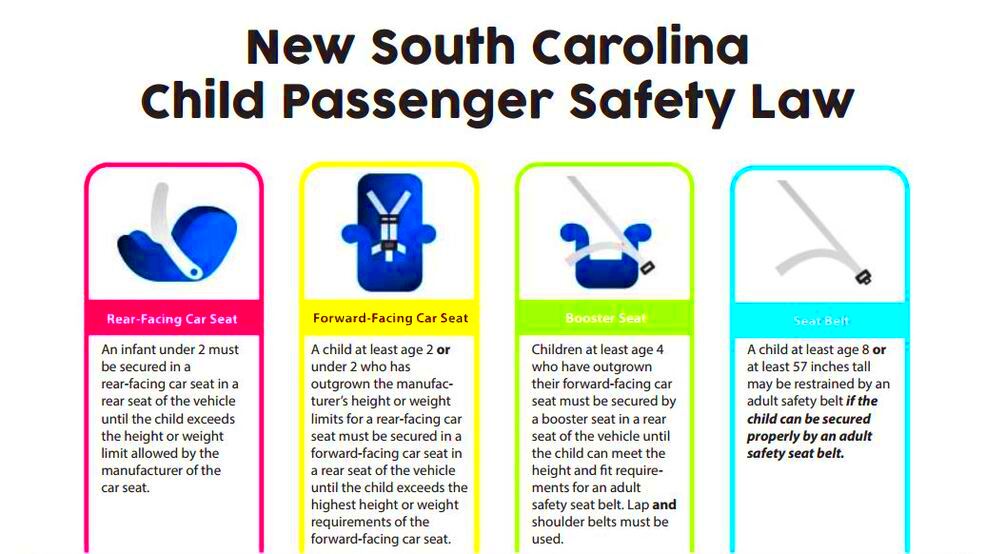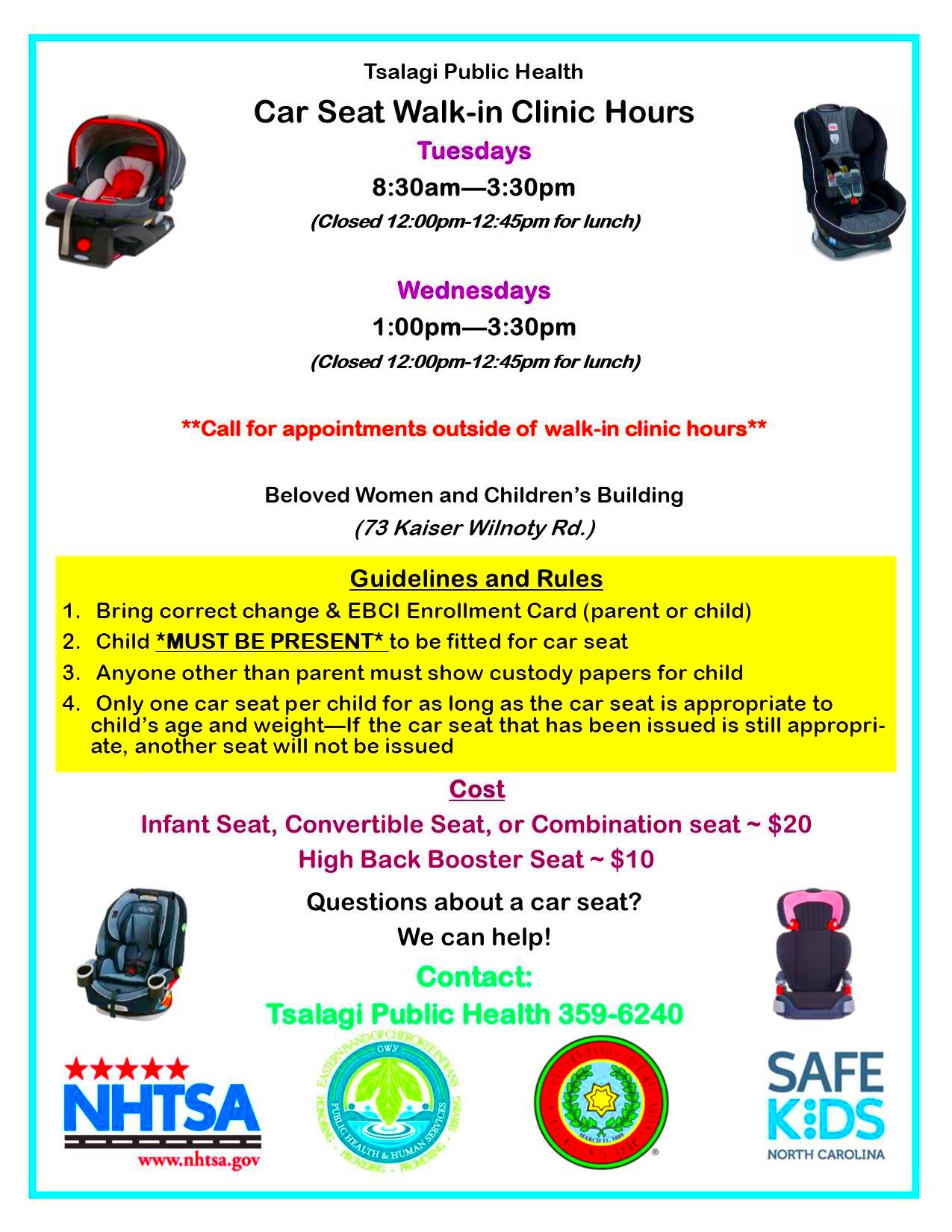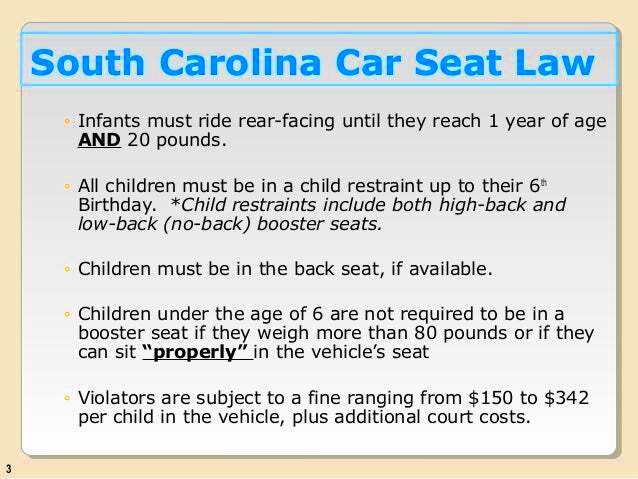South Carolina Booster Seat Law and Child Passenger Safety
South Carolina has specific laws regarding child passenger safety, particularly focusing on the use of booster seats. These laws aim to ensure the safety of young passengers in vehicles. The state requires that children who have outgrown their car seats but are still too small to safely use a seatbelt alone must use a booster seat. Understanding these regulations is crucial for parents and guardians to protect their children and comply with the law.
Importance of Child Passenger Safety

Child passenger safety is vital in reducing injuries and fatalities in car accidents. Statistics show that proper use of car seats and booster seats can significantly decrease the risk of harm to young passengers. Here are a few reasons why child passenger safety should be a priority:
- Protects against injury: Proper restraints prevent serious injuries during sudden stops or collisions.
- Legal compliance: Following the law helps avoid fines and legal repercussions.
- Encourages safe habits: Teaching children about seatbelt use instills lifelong safety habits.
Age and Weight Requirements for Booster Seats

In South Carolina, the law specifies that children must use a booster seat until they reach a certain age and weight. Here are the key requirements:
- Children must be at least 4 years old to use a booster seat.
- Children must weigh less than 80 pounds.
- Children must be under 8 years old unless they exceed the height of 4 feet 9 inches.
It’s important to note that these requirements ensure that a child is properly restrained, enhancing their safety while traveling. Always consult the manufacturer’s guidelines for the specific booster seat in use, as different models may have varying height and weight limits.
Types of Booster Seats Available
When it comes to booster seats, there are a few types designed to fit different needs and preferences. Choosing the right one for your child is crucial for their safety and comfort. Here’s a breakdown of the main types of booster seats available:
- High-back booster seats: These seats provide head and neck support, making them ideal for vehicles without headrests. They are perfect for younger children who still need that extra support.
- Backless booster seats: These are more portable and easier to move between vehicles. They are suitable for older children who can sit up straight and have a vehicle seat with a headrest.
- Combination seats: These versatile seats can function as both a harnessed seat and a booster seat. They grow with your child, making them a cost-effective option.
- All-in-one seats: Similar to combination seats, these can be used from infancy through the booster stage, offering a long-term solution.
When selecting a booster seat, always check for safety certifications and choose one that fits your child’s age, weight, and height. Your child’s comfort is also essential for longer car rides.
How to Properly Use a Booster Seat
Using a booster seat correctly is vital for ensuring your child’s safety while traveling. Here are some important steps to follow:
- Read the manual: Always start by reading the manufacturer’s instructions for the specific booster seat you’re using.
- Positioning: Place the booster seat on the vehicle’s back seat. The seat should be flat and stable.
- Seatbelt placement: The lap belt should lie low across the child’s thighs, and the shoulder belt should cross the chest and shoulder, not the neck.
- Check for snugness: Ensure the seatbelt is snug against the child’s body. A loose seatbelt can increase the risk of injury.
- Ensure proper fit: The child should be able to sit with their back against the vehicle seat and their knees bent over the edge of the booster seat.
Following these steps will help keep your child safe and secure while on the road.
Common Mistakes Parents Make
Even well-meaning parents can make mistakes when it comes to using booster seats. Here are some common pitfalls to avoid:
- Using the wrong type of seat: Some parents may transition their child to a booster seat too early. Always check age and weight guidelines.
- Improper seatbelt placement: The seatbelt should fit snugly. A misplaced belt can lead to serious injuries in an accident.
- Using a booster seat in the front seat: The back seat is the safest place for children under 13. Airbags can pose a risk to small passengers.
- Not securing the booster seat: Booster seats should not be secured with the LATCH system, as this is only meant for car seats. Instead, they should rely on the vehicle’s seatbelt.
- Ignoring the expiration date: Booster seats have expiration dates, usually around six to ten years. Always check to ensure the seat is still safe to use.
Avoiding these common mistakes can significantly enhance your child’s safety while traveling.
Enforcement of the Booster Seat Law
Understanding how the booster seat law is enforced in South Carolina is essential for keeping your child safe and complying with legal requirements. Law enforcement agencies take child passenger safety seriously, and the booster seat law is no exception. Here’s how enforcement works:
- Traffic stops: If a police officer observes a child not using a booster seat or improperly restrained, they may issue a citation. This often comes with fines that can increase with repeated offenses.
- Education: Officers may provide information about proper booster seat use during traffic stops to help educate parents and guardians.
- Community programs: Many local law enforcement agencies partner with organizations to provide car seat inspections and education programs, helping parents understand the law and keep their children safe.
- Public awareness campaigns: The state often runs campaigns to inform families about the importance of using booster seats and the legal requirements associated with them.
Being aware of these enforcement measures can motivate parents to ensure that their children are properly secured in booster seats. It’s not just about avoiding fines; it’s about safeguarding your child’s well-being on the road.
Frequently Asked Questions
Parents often have questions about booster seat laws and child passenger safety. Here are some of the most frequently asked questions:
- At what age can my child transition from a car seat to a booster seat? Generally, children can transition to a booster seat when they are at least 4 years old, weigh 40 pounds, and have outgrown their forward-facing car seat.
- Can I use a backless booster seat in any vehicle? Backless booster seats should be used in vehicles with headrests. If your vehicle lacks headrests, it’s safer to opt for a high-back booster seat.
- What if my child is over the age requirement but still needs a booster seat? If your child does not meet the height and weight requirements for a seatbelt alone, it’s best to keep using the booster seat.
- How can I ensure my child’s booster seat is installed correctly? Always refer to the user manual of your booster seat and your vehicle’s owner manual. Additionally, consider seeking assistance from a certified child passenger safety technician.
Conclusion
In summary, understanding the South Carolina booster seat law and the importance of child passenger safety is crucial for every parent or guardian. By choosing the right type of booster seat, using it properly, and being aware of enforcement measures, you can ensure your child’s safety while traveling. Always stay informed about the laws and guidelines to protect your little ones effectively. Remember, it’s not just about compliance; it’s about providing a safe environment for your child on the road.


